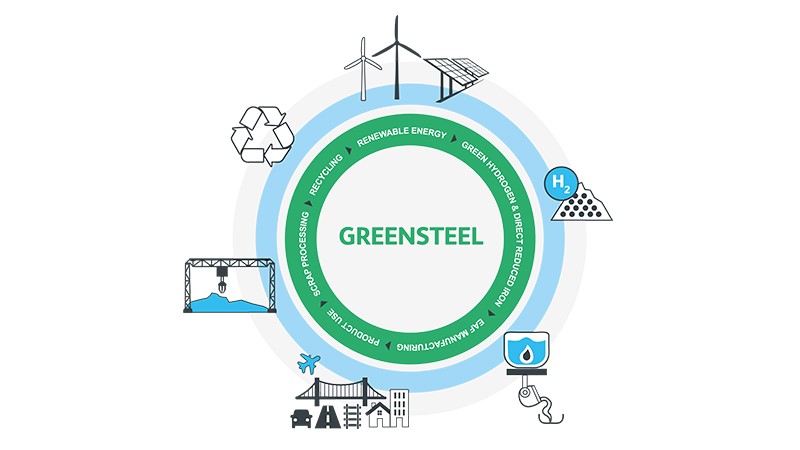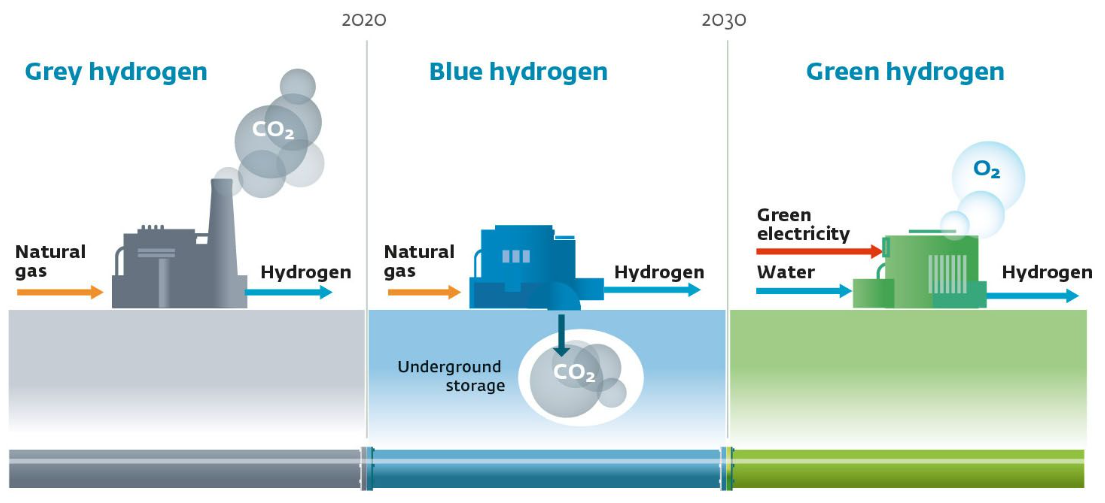Free Courses Sale ends Soon, Get It Now


Free Courses Sale ends Soon, Get It Now



Disclaimer: Copyright infringement not intended.
Context
What is green steel?
Why can’t all steel be green?

The path to net zero
Promotion of Green Steel
Steps taken for promoting decarbonization in steel industry include:-
|
PRACTICE QUESTION Q. What is 'green steel' and how does it contribute to sustainable development? Discuss the technological innovations and practices associated with green steel production and its potential impact on reducing carbon emissions in the steel industry. |
© 2024 iasgyan. All right reserved